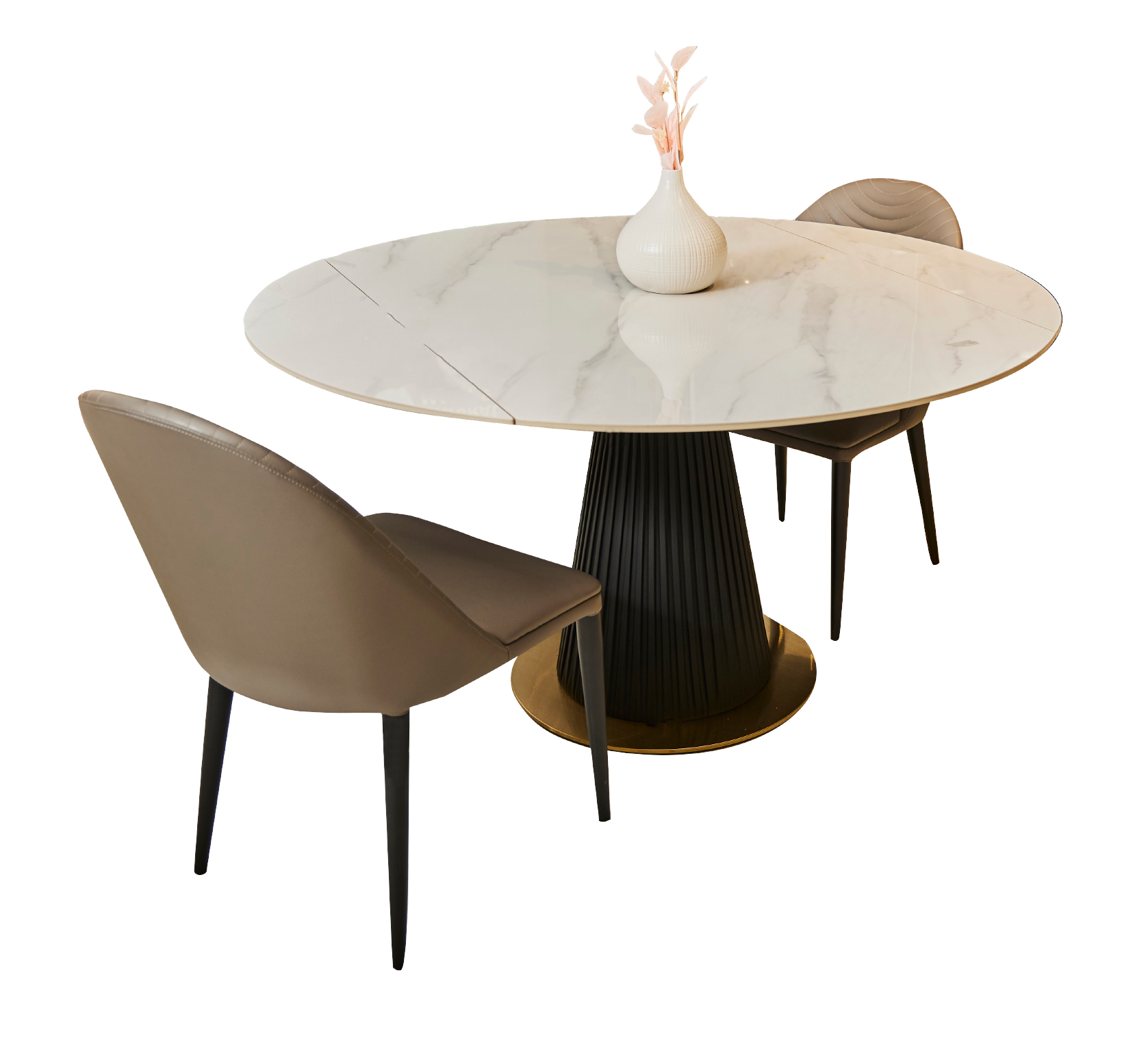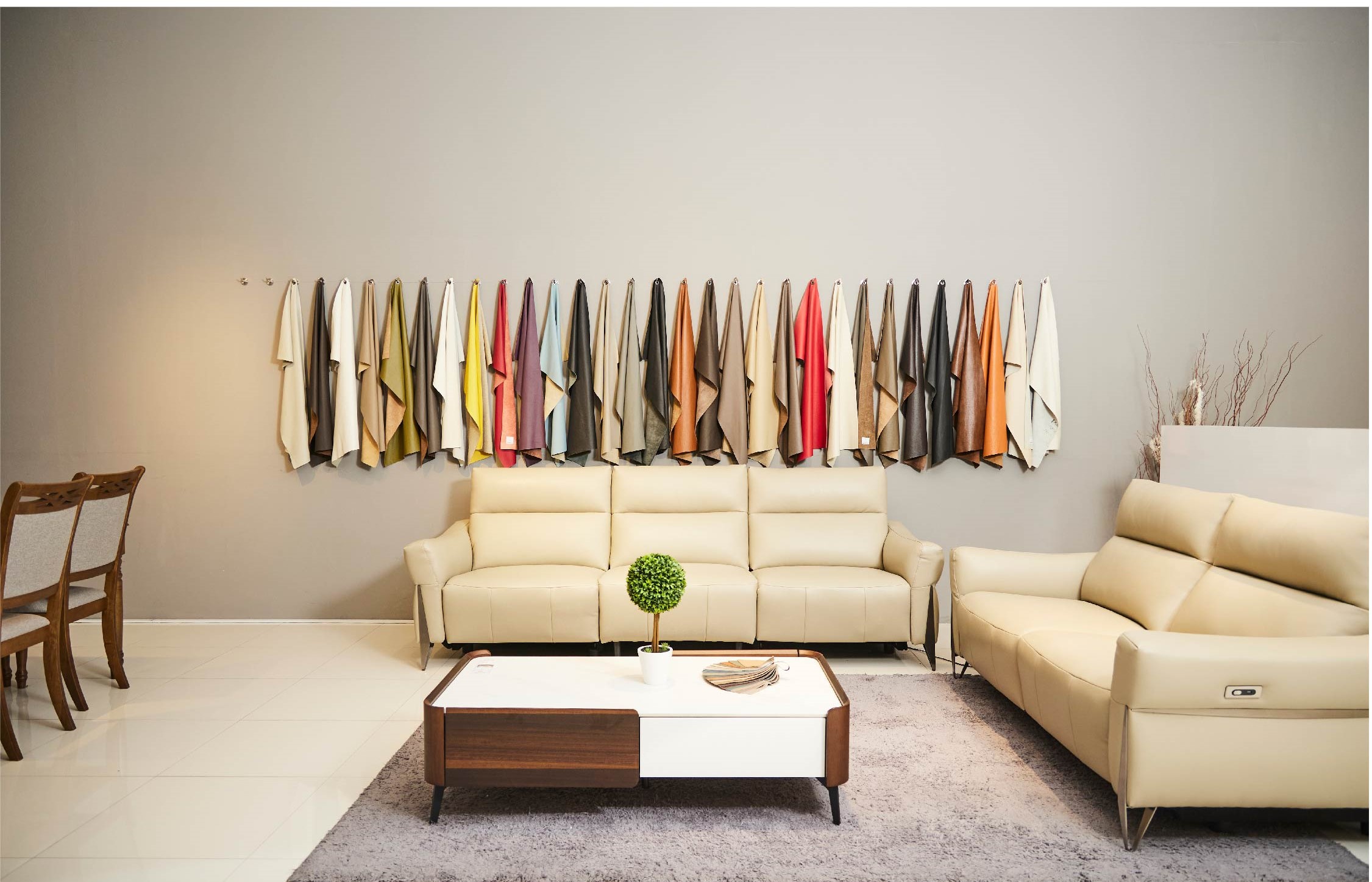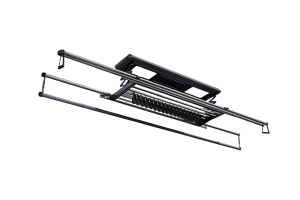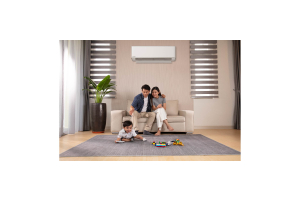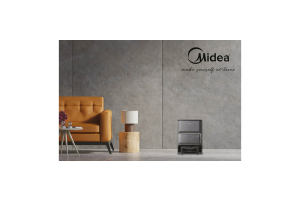Shop smart for furniture
Take note of these four expert tips when you’re selecting upholstery fabrics, table shapes, and more.
If you’re shopping for living or dining room furniture, you may be overwhelmed by the various styles, shapes and sizes out there. To help you make a more informed choice, Chris Zheng, Senior Buyer (Furniture) at Gain City Best- Electric, shares the advantages and drawbacks of different upholstery fabrics, shapes and materials.
Choose suitable upholstery fabrics
When buying a sofa, go with upholstery fabrics that are durable, especially if you have children and pets. Tightly woven fabrics in particular are long-lasting. You should also consider your budget, as some materials are more expensive than others.
“Microfibre and microsuede are affordable, hypoallergenic, scratch-resistant, stainresistant, easy to clean, and versatile,” says Chris. “Genuine leather is also hypoallergenic, stain-resistant, and easy to clean.”
When it comes to dining chairs, Chris says that you have several options.
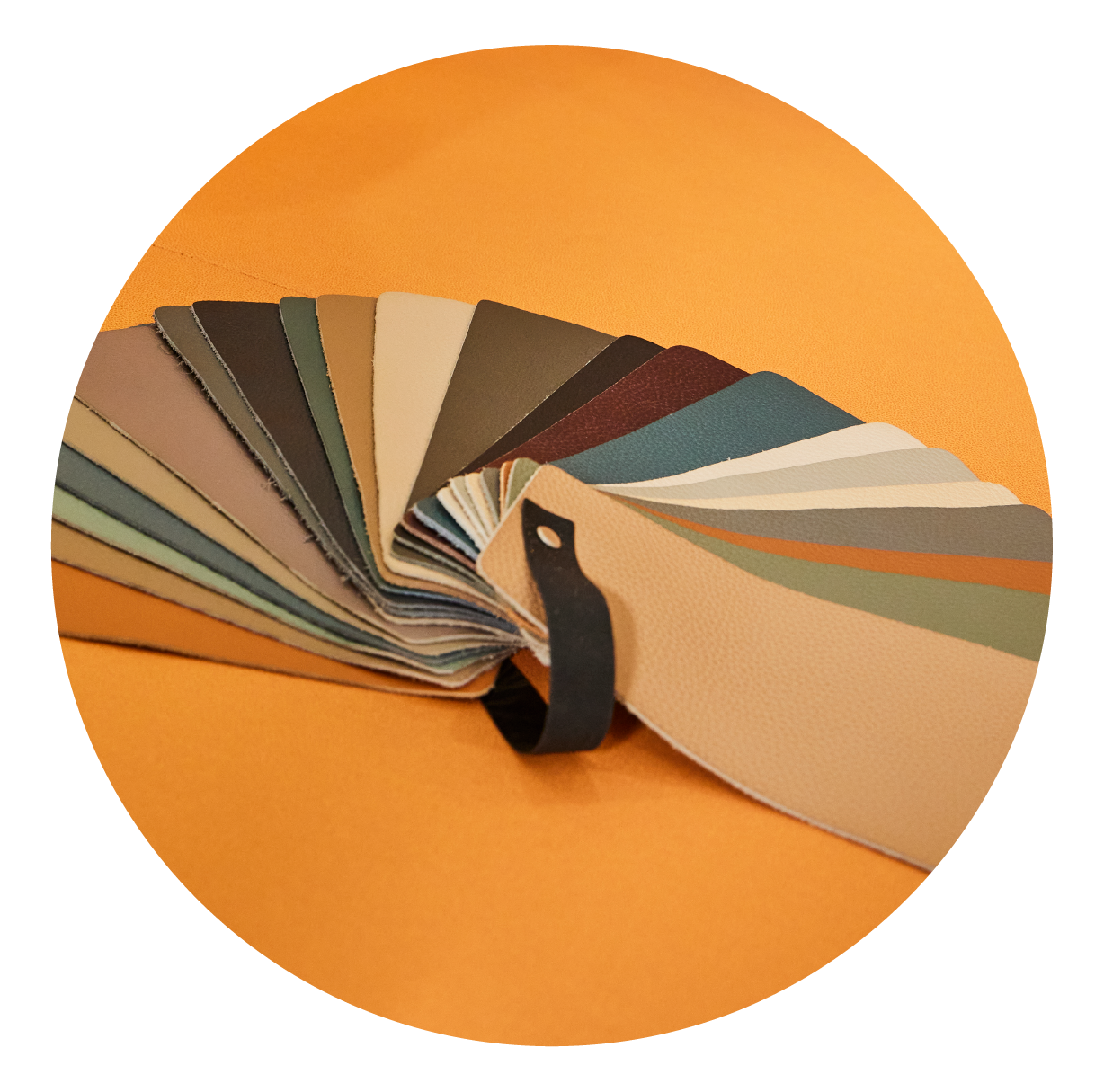

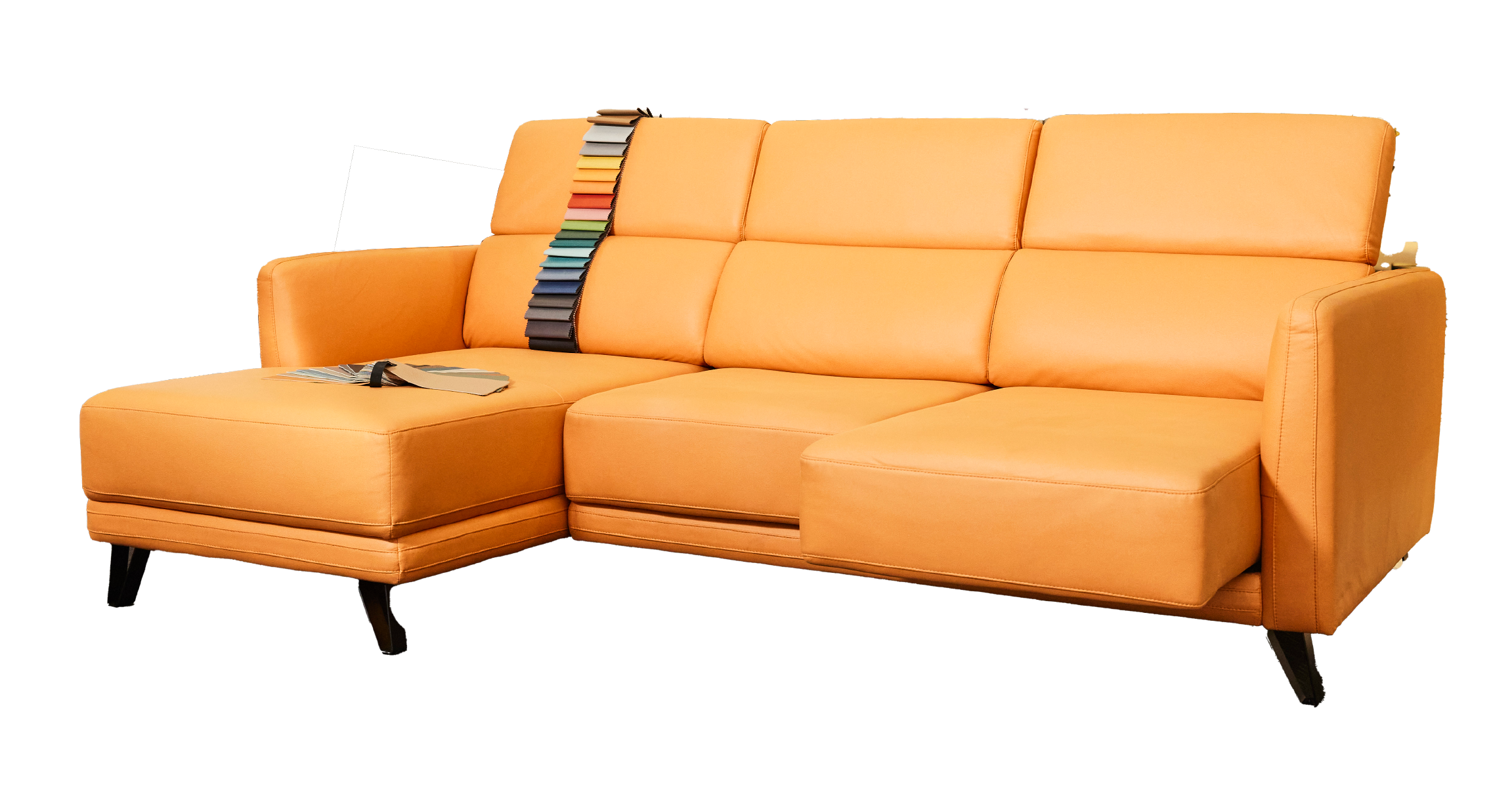

Synthetic fabrics like polyester and viscose (rayon) are durable and resistant to stains, wrinkling and fading, and come in a range of colours, patterns and textures. However, they absorb oil spills, and oil stains are often hard to remove.
“Leather is sophisticated, strong, has a natural shine, ages well, does not accumulate allergens or dust mites, and is easy to maintain,” Chris continues.
“But leather dining chairs can be expensive and are prone to scratches.”
And while velvet is soft and rich, with a slight sheen, velvet stains easily and can be a hassle to maintain. Plus, it’s a magnet for dust and pet hair.
If you like natural fabrics, cotton and linen are good choices. Chris says that these are breathable and comfortable, resistant to wear-and-tear, and have anti-microbial properties (so they’re resistant to mould and mildew).
The downside of natural fabrics is that they wrinkle and stain easily.
Know the best sofa styles for your space
If your living room is small, you’ll want to take your time choosing the right sofa, as the wrong style or size can make a room look and feel smaller and cramped.
Chris recommends a twoseater and a one-seater, or a two- or three-seater sofa for small apartments.
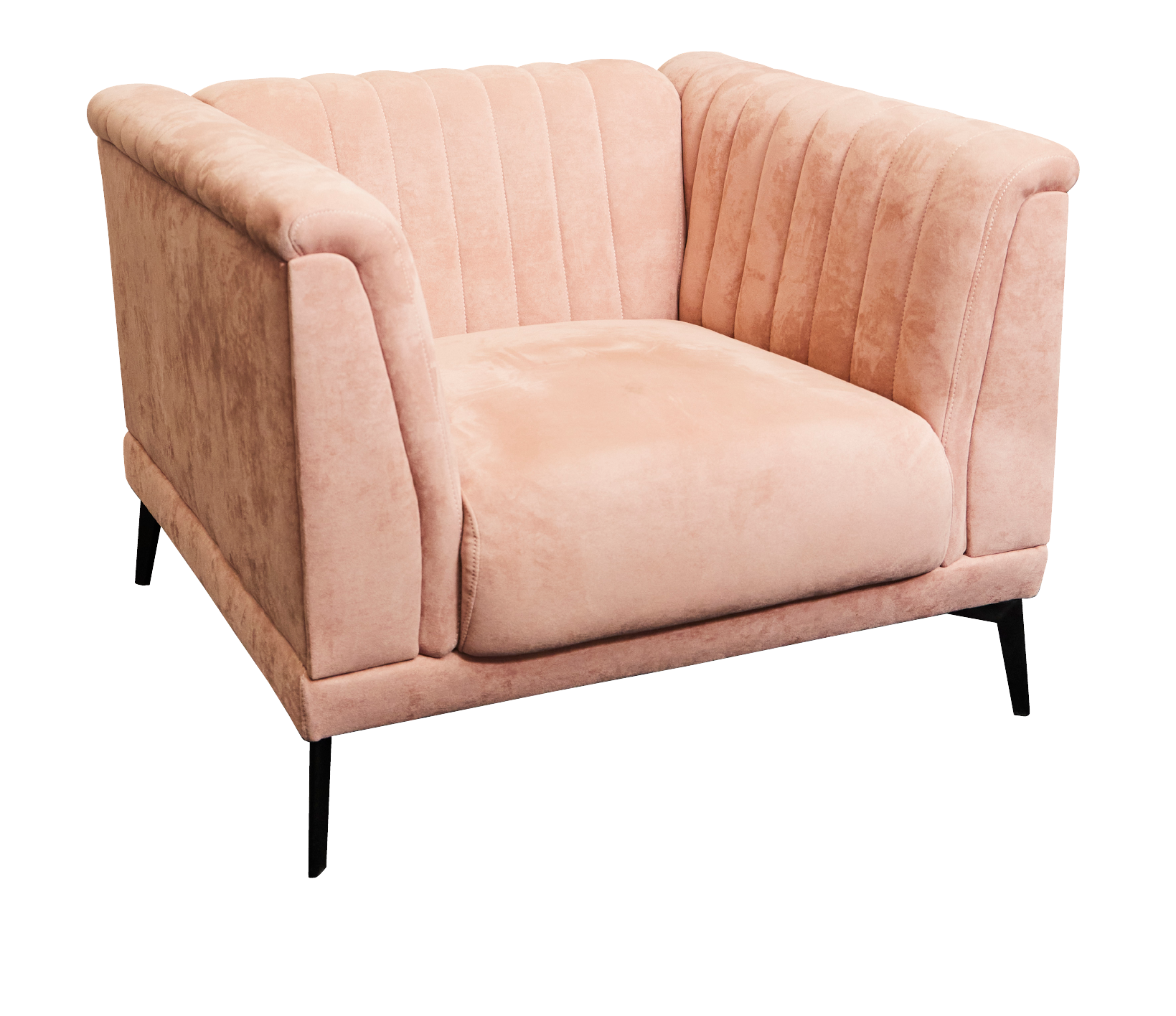

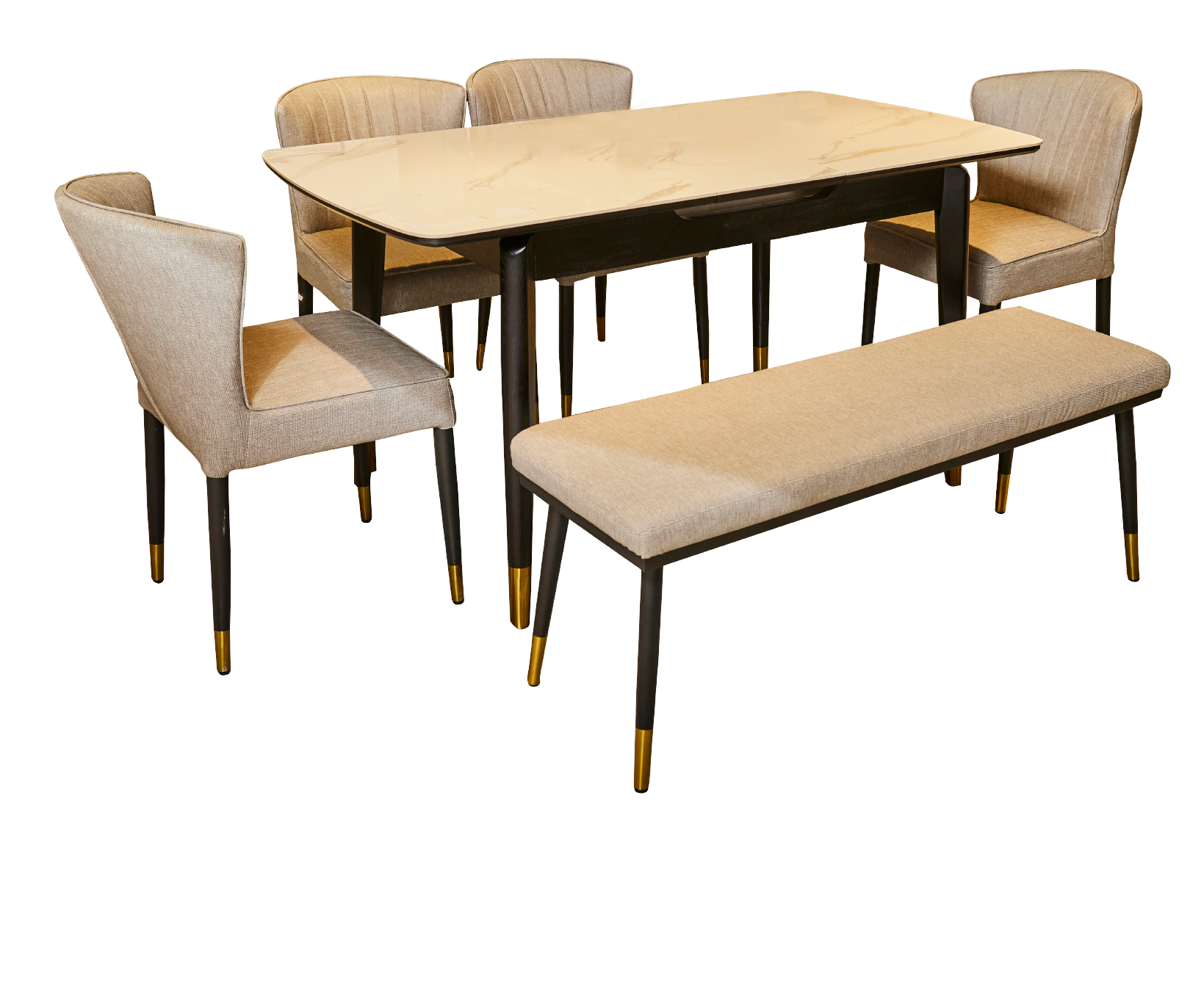

Consider different dining table shapes
“Round tables are great for gatherings, but if the table is large (with a diameter of more than 120cm), your family may find it difficult to reach for items that are in the centre,” Chris says.
“On the other hand, most long tables are no wider than 120cm, making it easier to reach for dishes. Plus, long tables are more practical for rectangular or long rooms. “If you want a large round table, consider adding a lazy susan to it, so that you can access dishes easily. Alternatively, opt for an extendable round table for versatility.”
Decide on the best material for your dining table
Wood tables, typically crafted from oak, walnut, maple, mahogany, pine, teak and acacia, are popular with many homeowners. Chris says that they’re durable, aesthetically pleasing, versatile, and easy to repair. However, they can be costly and difficult to upkeep.
Affordable alternatives are composite or engineered wood tables made from MDF, plywood or particleboard with veneer. These tables are stable and look good, but Chris adds that they are not long-lasting or durable and are sensitive to moisture.
Marble dining tables are stylish, add a touch of luxury to your home, and are heat-resistant. Carrara, Calacatta, Statuario, Emperador, and Crema Marfil are common types of marble used for dining tables.
Drawbacks, according to Chris, include high porosity, their heavy weight, and their high cost. Marble dining tables are also hard to maintain.
Tempered glass dining tables are a good option for small homes, as they help create the illusion of a larger space. “This material is aesthetically pleasing and also easy to maintain,” says Chris.
“Unfortunately, glass tables are fragile and may pose a safety issue. Additionally, they are seethrough, which may not work for everyone.”
